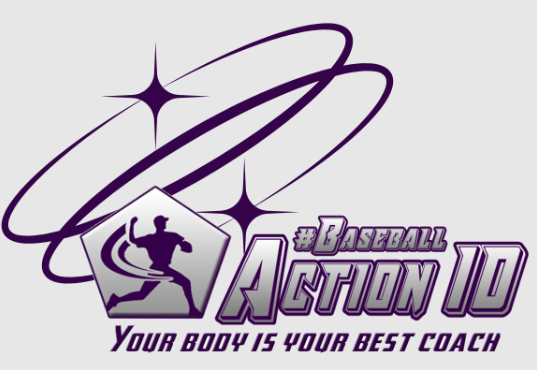How Fatigue Really Affects Your Release Point: What We’ve Misunderstood All Along

The Small Loop, Fatigue, and Why Your Arm Slot Isn’t Actually Dropping
In a previous blog, we explored the concept of the “Big Loop vs. Small Loop” in motor preferences. To recap: your brain manages movement using different motor profiles that can shift depending on your energy level, stress, or how much you’re learning. Most of the time, you operate in what we call the Big Loop, where your dominant motor patterns—your natural way of moving—shine through.
But when you’re tired, something fascinating happens: your brain switches to the Small Loop, and suddenly, your backup movement patterns take over. We used Zack Greinke as an example. When he’s fresh, he moves one way. But when fatigue sets in, his movement subtly changes—he becomes a different mover.
This shift is especially noticeable in baseball pitching, where there’s a long-standing belief that tired pitchers drop their arm slot. But here’s the kicker: it’s not the arm slot dropping. The real change happens in the drop of the vertical release point, and that’s where motor preferences come in.
What Really Happens When Pitchers Fatigue
When a pitcher gets tired, their brain automatically activates the Small Loop. This means they start relying more on their less dominant muscle chain, which affects their body positioning—and that’s where things get interesting.
For some pitchers, this leads to more of a “hinge” position (a bit of a forward lean), which makes it look like their arm slot is dropping. In reality, though, their whole body has shifted. It’s not that the arm is lower; the body has adjusted to a different posture, creating an optical illusion.
But that’s not the whole story!
Some pitchers experience the exact opposite effect when they fatigue. Instead of their release point getting lower, it actually gets higher.
Why?
Because they have a different dominant muscle chain. When they hit the Small Loop, they shift into a more upright position, which raises the release point.
Walking Top vs. Walking Bottom: The Key Differences
This difference is closely linked to motor preferences. Within the #BaseballActionID framework, we apply the ActionTypes Principle system, often distinguishing between Walking Top and Walking Bottom movers.
- Walking Top pitchers: When fatigue sets in and they shift to their Small Loop, these pitchers tend to adopt more of a hinge position. This causes their vertical release point to drop. A clear example is Andrew Heaney
- Walking Bottom pitchers: When they tire and move into their Small Loop, they naturally become more upright, which actually raises their vertical release point. A clear example is Emmanuel Clase
Why This Matters?
Understanding this concept can help coaches and players spot the real reason behind changes in a pitcher’s movement patterns. Instead of just saying, “Your arm slot is dropping,” it’s more accurate to ask, “How is your body position changing due to fatigue? And how can we train to manage that?”
By understanding and knowing each pitcher’s individual natural motor preferences, we recognize how fatigue affects their unique movement patterns. This allows for smarter strategies to manage performance under pressure—whether that’s adjusting recovery, tweaking movement patterns, or understanding when it’s time to come out of the game.
Fatigue changes how you move, and how you move depends on your motor preferences. Whether your release point drops or rises when you’re tired, the key is understanding that it’s not just about the arm—it’s about the whole body adapting to a different movement loop.

